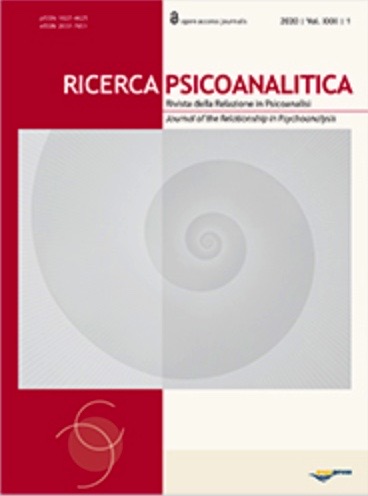Dare voce al soggetto. Materiali tratti dall'osservazione longitudinale di un bambino autistico
All claims expressed in this article are solely those of the authors and do not necessarily represent those of their affiliated organizations, or those of the publisher, the editors and the reviewers. Any product that may be evaluated in this article or claim that may be made by its manufacturer is not guaranteed or endorsed by the publisher.
Autori
In questo lavoro abbiamo inteso coniugare l'approccio psicodinamico con le recenti acquisizioni neuro-scientifiche sullo sviluppo dell'intersoggettività, con attenzione particolare all'area comunicativo-linguistica. Il materiale empirico, raccolto attraverso un"osservazione longitudinale semi-strutturata di un bambino diagnosticato nello spettro autistico, mostra l'intreccio tra i processi intersoggettivi e lo sviluppo della dimensione simbolica nelle diverse modalità espressive in cui si esplicita, rappresentate nel nostro caso dal linguaggio e dal disegno. l'interconnessione dei tre registri - fonetico, linguistico e grafico - ha permesso di identificare l'avvento del linguaggio come produzione intenzionale che segnala la configurazione della soggettività nel campo relazionale.
Come citare
PAGEPress has chosen to apply the Creative Commons Attribution NonCommercial 4.0 International License (CC BY-NC 4.0) to all manuscripts to be published.










